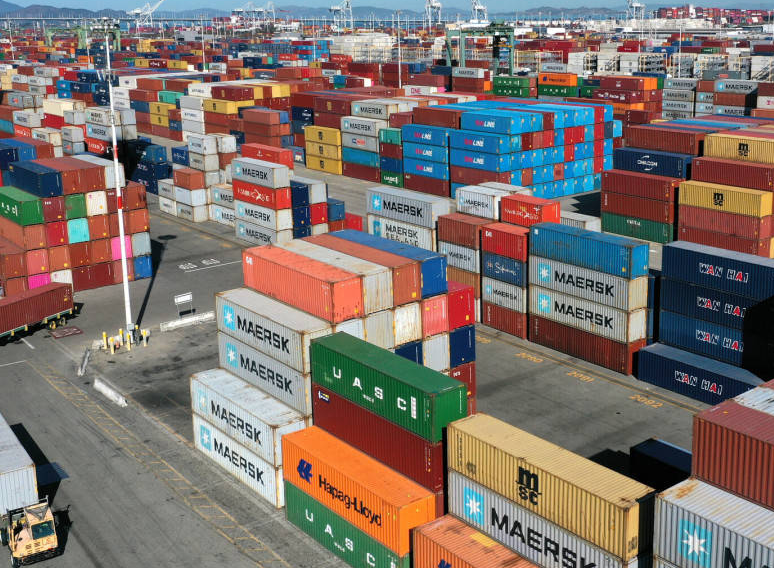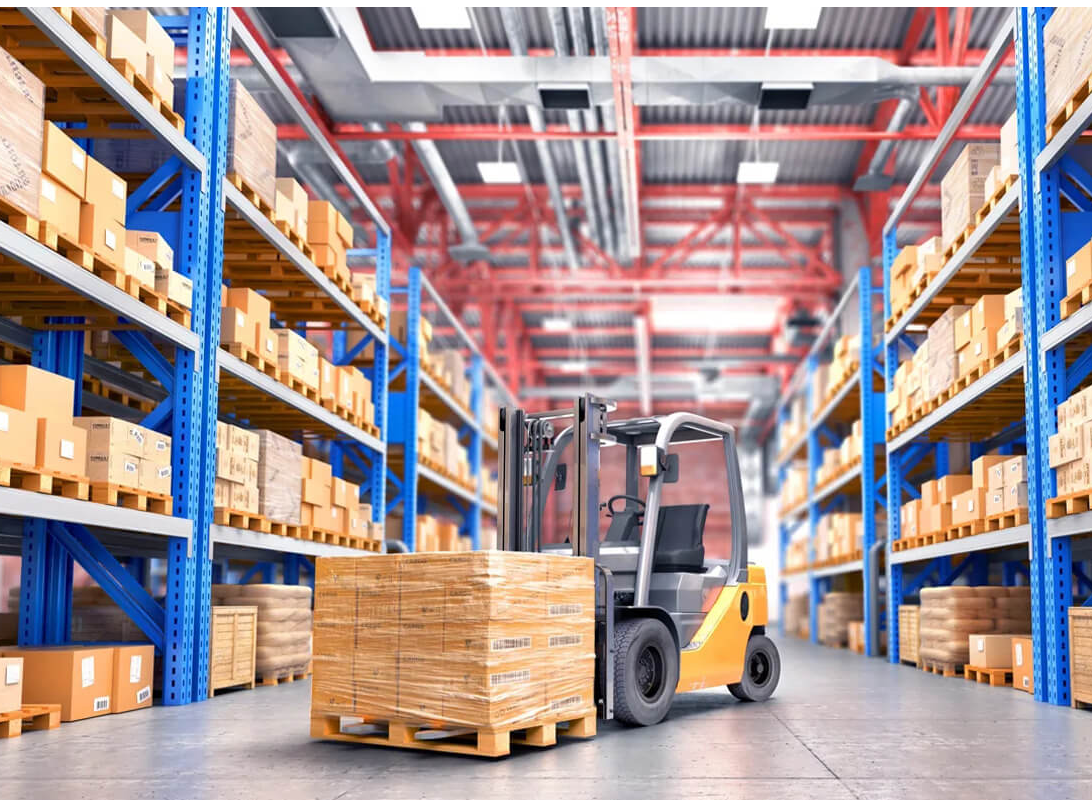FBA LCL Quote
FBA 40HQ FCL Quote
U.S. Trade Policy and the Electric Vehicle Market: Navigating the Impact of Section 301 Tariffs
In a significant update from the Office of the United States Trade Representative (USTR), new specifics concerning Section 301 tariffs have been released, directly impacting the burgeoning electric vehicle (EV) sector. This move is part of a broader strategy to address and rectify what the U.S. government identifies as unfair trade practices that have long affected various sectors of the American economy, with a current focus on the high-tech and environmentally significant EV industry.
Understanding Section 301
Section 301 of the Trade Act of 1974 is a critical tool in the United States' trade enforcement strategy. It allows the USTR to take all appropriate action, including retaliation, to remove any act, policy, or practice of a foreign government that is unjustifiable, unreasonable, or discriminatory and that burdens or restricts U.S. commerce. In recent years, this section has been notably invoked to address intellectual property theft and technology transfer issues, primarily with China.
According to the announcement by the USTR, new tariff policies will be implemented starting from August 1, 2024. These include:
- - A 100% tariff on Chinese electric vehicles
- - A 25% tariff on lithium-ion electric vehicle batteries
- - A 25% tariff on masks including N95
- - A 50% tariff on syringes and needles
- - A 25% tariff on critical minerals such as cobalt and aluminum ores
- - A 25% tariff on ship-to-shore cranes
- - A 50% tariff on solar cells
- - A 25% tariff on steel and aluminum products
Additionally, a 50% tariff on semiconductor products will be imposed starting January 1, 2025, and a 25% tariff on non-electric vehicle lithium-ion batteries will begin on January 1, 2026.
Impact on Electric Vehicles
The specifics of the newly released tariffs under Section 301 reveal a targeted approach towards imports of certain EV components, including batteries, which are central to the EV manufacturing process. This decision reflects the U.S. government's focus on not only protecting domestic industries from unfair international competition but also fostering a self-reliant supply chain that is less dependent on foreign suppliers, particularly in critical and emerging technologies.
Implications for Manufacturers and Consumers
For manufacturers, the updated tariffs mean recalibrating supply chains and potentially facing increased costs for importing necessary components from abroad. These costs could, in turn, trickle down to consumers, potentially slowing down the adoption rate of electric vehicles due to higher prices. However, this move is also anticipated to stimulate investment in domestic manufacturing capabilities, potentially leading to a more robust and competitive American EV industry in the long run.
Global Trade Dynamics
The imposition of these tariffs is also likely to affect international trade dynamics, particularly with countries that are major players in the EV component market. It could lead to trade tensions and necessitate negotiations to ensure that retaliatory measures do not escalate into a full-blown trade war, which could disrupt the global supply chain even further.
Looking Forward
As the electric vehicle market continues to grow, driven by global pushes towards reducing carbon emissions and promoting cleaner energy alternatives, the role of trade policy in shaping the competitive landscape cannot be underestimated. The USTR's update on Section 301 tariffs is a pivotal moment for the industry, requiring careful navigation from all stakeholders involved.
Policymakers will need to balance enforcement of fair trade practices with the promotion of innovative and sustainable industries like the EV sector. For the U.S. to lead in electric vehicle technology, a nuanced approach that fosters both domestic industry and international cooperation is essential. As these policies unfold, the coming months will be crucial in determining the trajectory of the global electric vehicle market and the broader automotive industry.
This policy shift underlines the importance of trade strategies that align with environmental goals and economic realities, ensuring that the drive towards electric vehicles also propels economic fairness and resilience. As such, the impact of Section 301 tariffs on the electric vehicle industry will be a key area to watch for both economic and environmental policy analysts.



